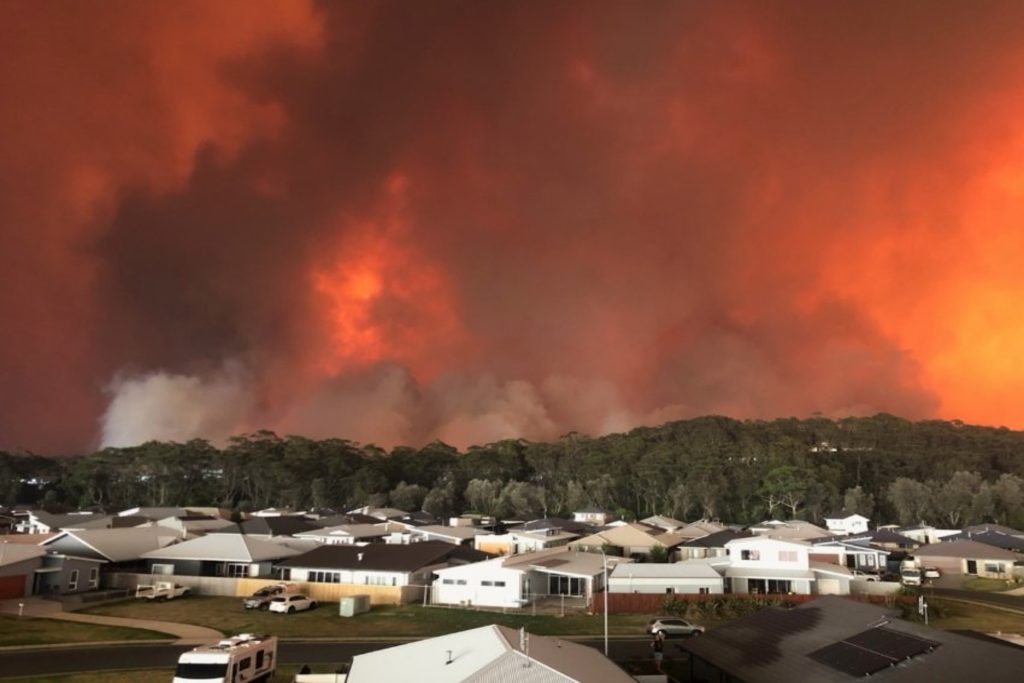Ensuring Bush Fire Protection Through Proper BAL Report Evaluation
In the realm of bush fire defense, the precise evaluation of Bushfire Assault Degree (BAL) reports stands as a foundation for protecting residential properties against the disastrous impact of wildfires. With ecological factors and residential property characteristics playing substantial roles in determining the level of threat, an extensive understanding of BAL rankings becomes necessary.
Understanding Bushfire Assault Degree (BAL)
In the realm of bushfire security, comprehending the Bushfire Attack Level (BAL) is extremely important for ensuring efficient reduction methods. Comprehending the BAL score of a residential or commercial property is important for building owners, policymakers, and building contractors to execute appropriate measures to secure against bushfire hazards.

Relevance of BAL Report Analysis
An essential facet in bushfire protection preparation entails the detailed analysis of BAL records to examine the possible dangers and figure out suitable reduction approaches. BAL reports offer vital information regarding the potential influence of bushfires on a home based on various factors such as greenery type, range to possible fire threats, and slope of the land. Evaluating these reports with accuracy is paramount in establishing reliable bushfire defense steps tailored to the certain threat account of a residential or commercial property.
Applying Fire Defense Measures
Executing efficient fire protection steps is essential for protecting residential or commercial properties in bushfire-prone areas. Among the primary ways to enhance fire protection is by creating defensible room around structures. This entails cleaning combustible vegetation, such as completely dry leaves and branches, within a specific span of the home. Furthermore, setting up fire-resistant roof covering products can assist decrease the risk of embers stiring up the roofing throughout a bushfire. Correctly kept gutters and displays are additionally important to prevent debris build-up that might sustain a fire. linked here
In addition, having a ample and well-kept water supply, such as check this site out a storage tank or pool, can help firefighters in their initiatives to secure the residential property. BAL Report. Generally, executing a mix of these fire protection actions can considerably raise the chances of securing buildings during bushfire events.
Mitigating Risks in Fire-Prone Locations
To fortify buildings versus bushfire threats, a tactical focus on mitigating risks in fire-prone locations is crucial. One vital facet of danger mitigation is preserving defensible area around residential or commercial properties by removing flammable vegetation, ensuring ample spacing in between trees and frameworks, and employing fire-resistant landscape design methods.
Additionally, constructing or retrofitting structures with fireproof materials and ensuring correct upkeep of roofings, rain gutters, and external cladding can dramatically improve the home's resilience to bushfires. Developing and exercising a bushfire emergency situation strategy with all residents, including discharge procedures and interaction techniques, is also essential in mitigating dangers successfully. By embracing an aggressive technique to risk reduction in fire-prone areas, homeowner can much better safeguard their properties and improve total bushfire preparedness.
Ensuring Home Safety And Security and Durability
Ensuring the safety and resilience of homes in fire-prone areas needs a steadfast commitment to robust preventive measures and strategic planning. Residential or commercial property safety begins with implementing reliable actions to lower fire threats.
Resilience, on the various other hand, involves the capacity of a home to withstand and recuperate from a bushfire. By proactively addressing these elements, residential or commercial property proprietors can better safeguard their properties and loved ones from the danger of bushfires.
Conclusion
In verdict, making sure bushfire protection with correct BAL report analysis is critical for understanding the degree of threat posed by bushfires and browse around this site carrying out essential fire defense steps. By minimizing threats in fire-prone areas and making certain residential property safety and security and resilience, neighborhoods and people can much better plan for and reply to bushfire occasions. It is important to prioritize fire safety and security steps to shield lives and home in these high-risk atmospheres.
In the world of bush fire defense, the precise analysis of Bushfire Assault Level (BAL) records stands as a cornerstone for safeguarding residential or commercial properties versus the devastating impact of wildfires (BAL Report). Understanding the BAL rating of a residential or commercial property is important for residential or commercial property owners, builders, and policymakers to implement proper actions to guard versus bushfire hazards

BAL records give essential info regarding the possible impact of bushfires on a property based on different aspects such as plant life kind, range to potential fire risks, and slope of the land (BAL Report). In general, carrying out a mix of these fire defense procedures can dramatically raise the chances of safeguarding homes throughout bushfire occasions
Comments on “Proactive Residential Property Defense: Leveraging the Insights of a BAL Report”